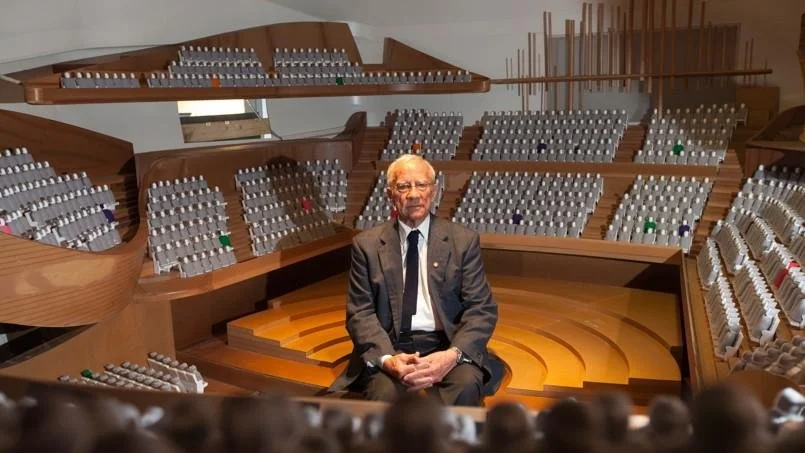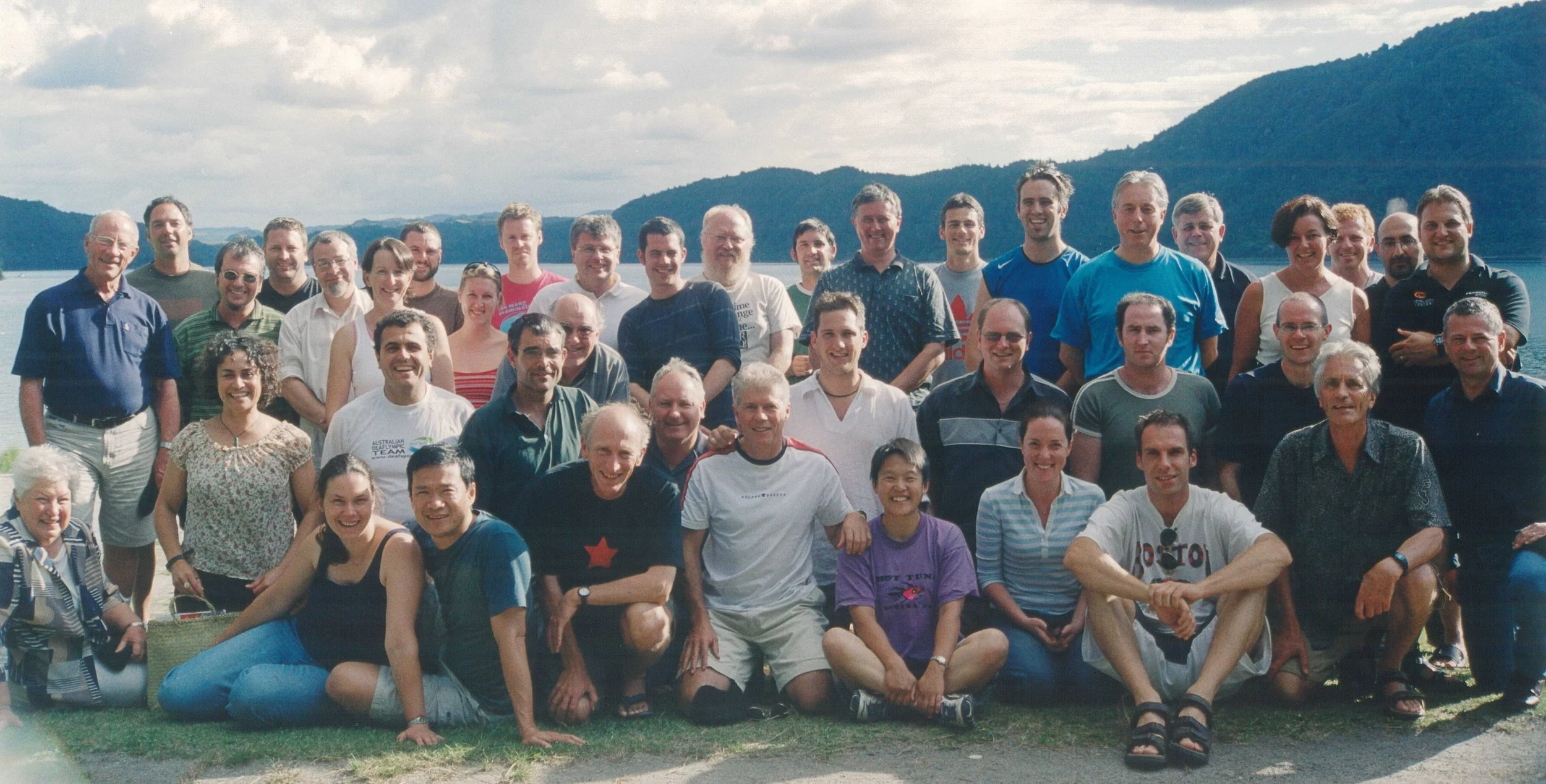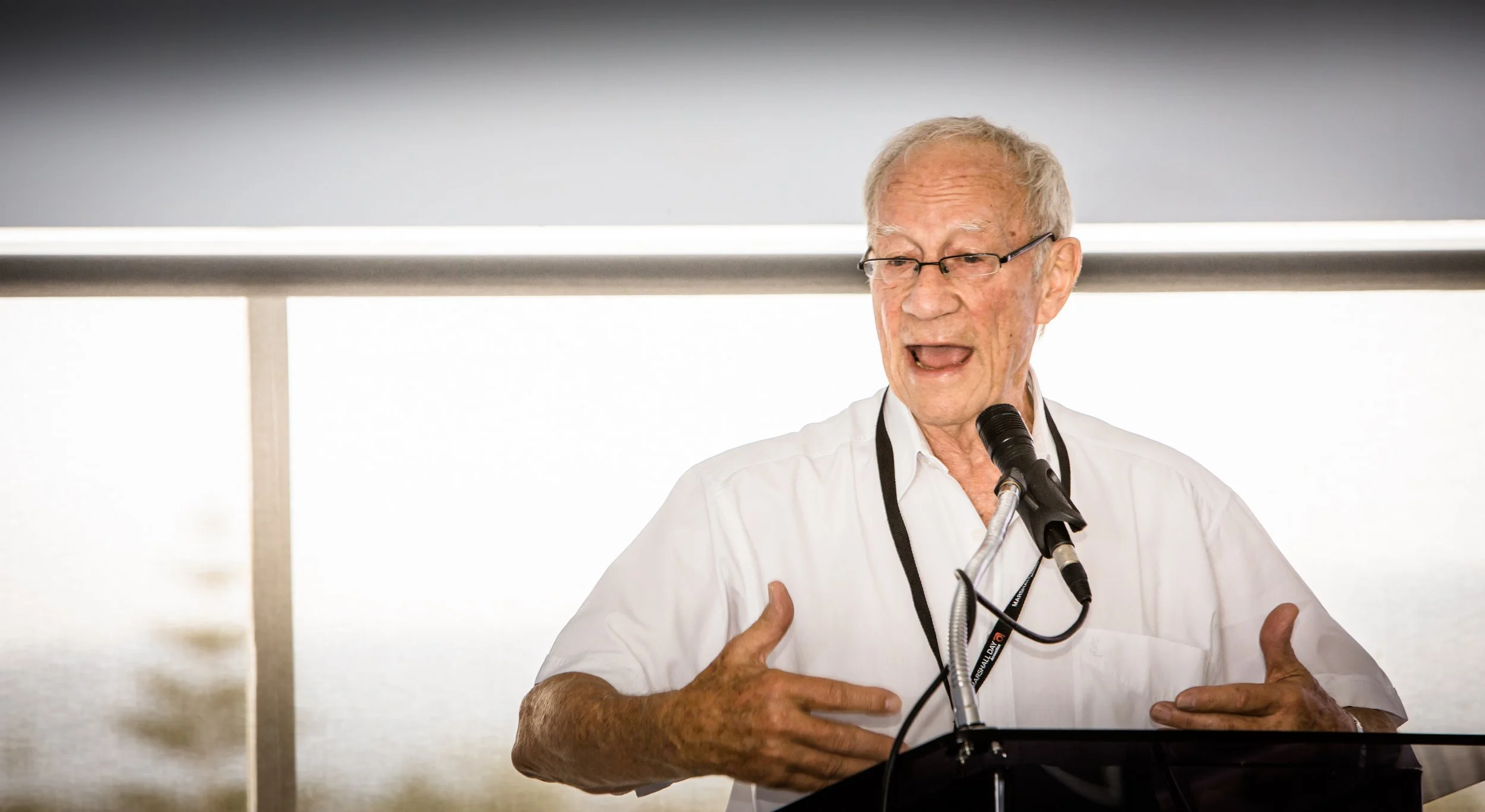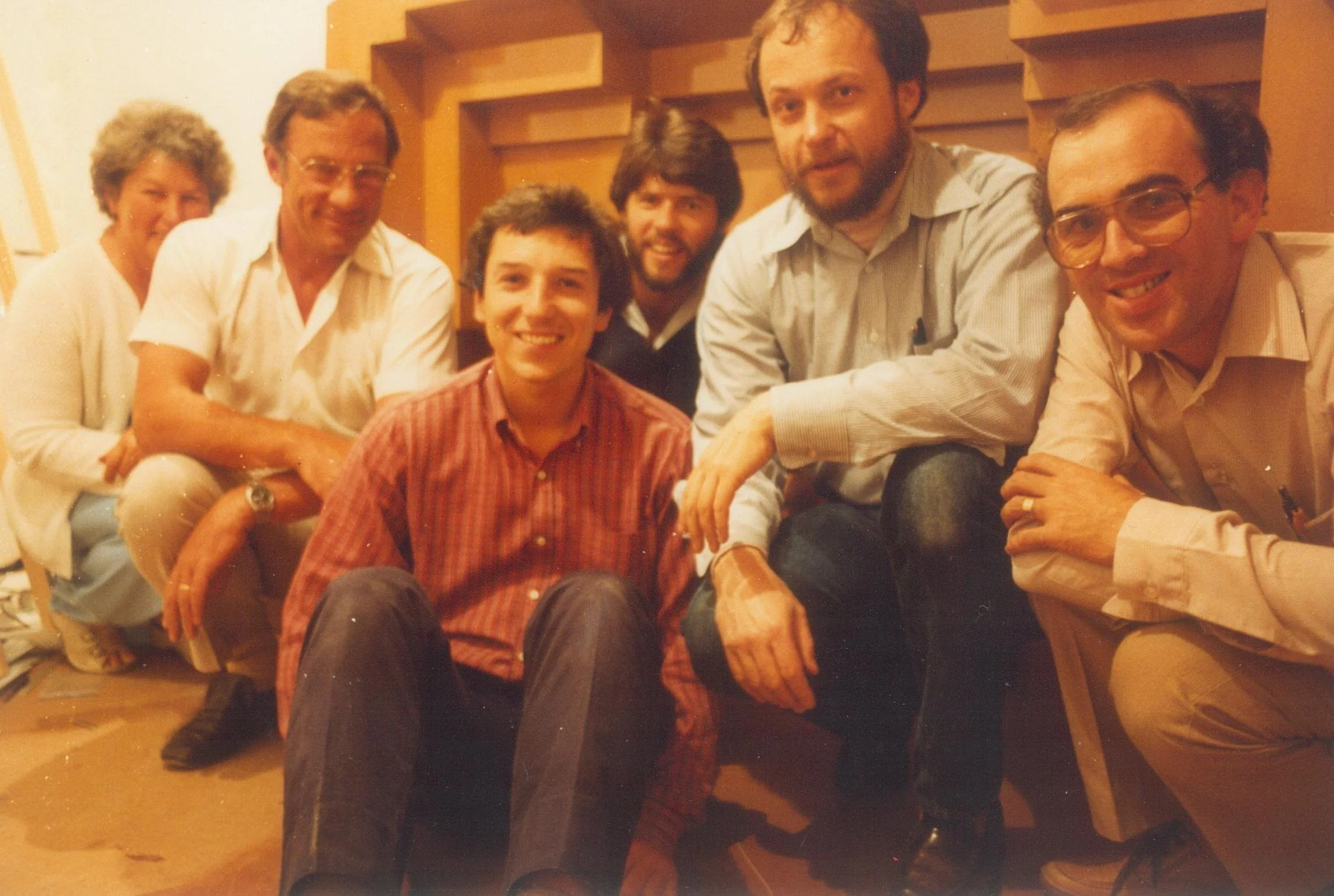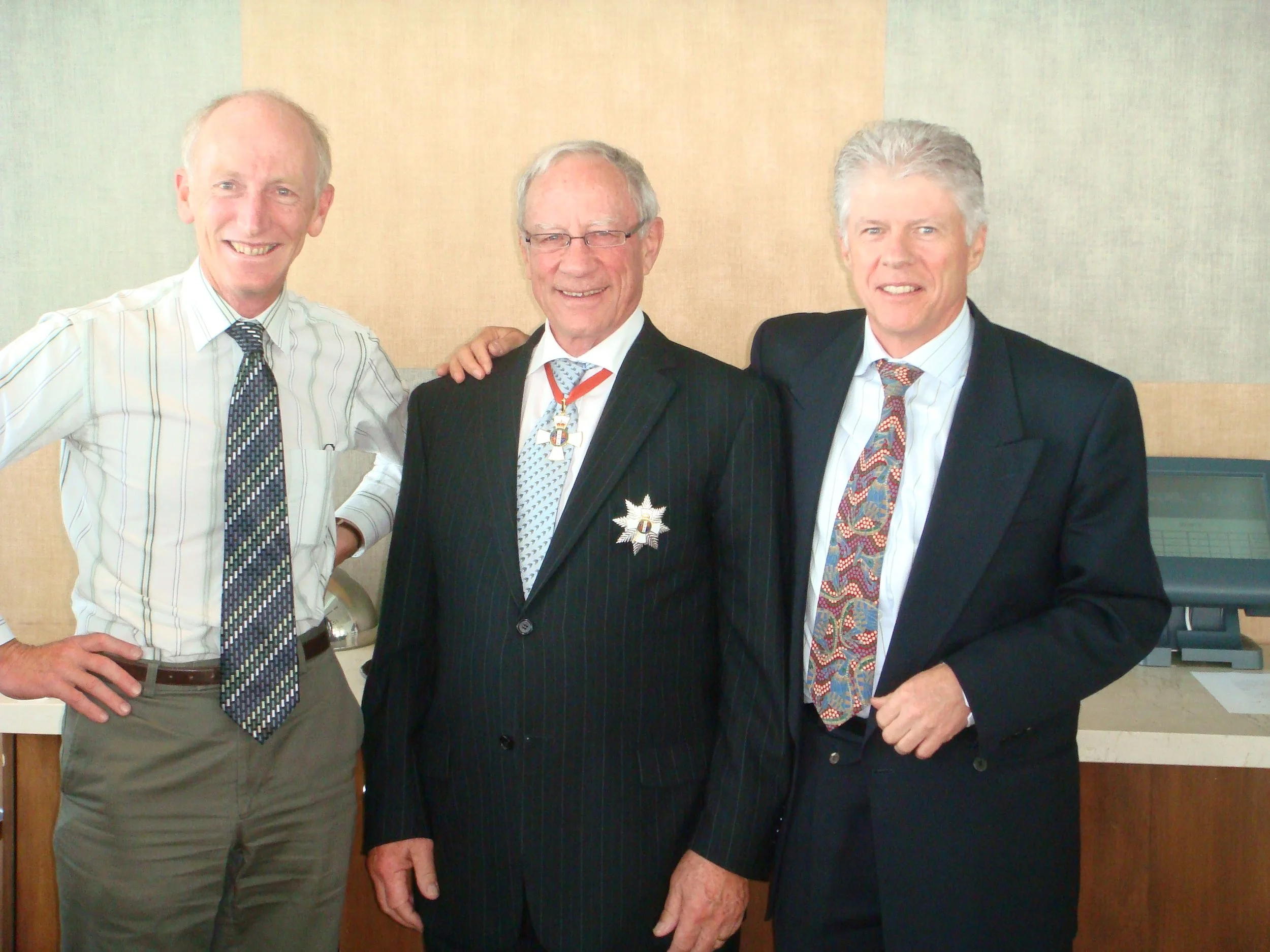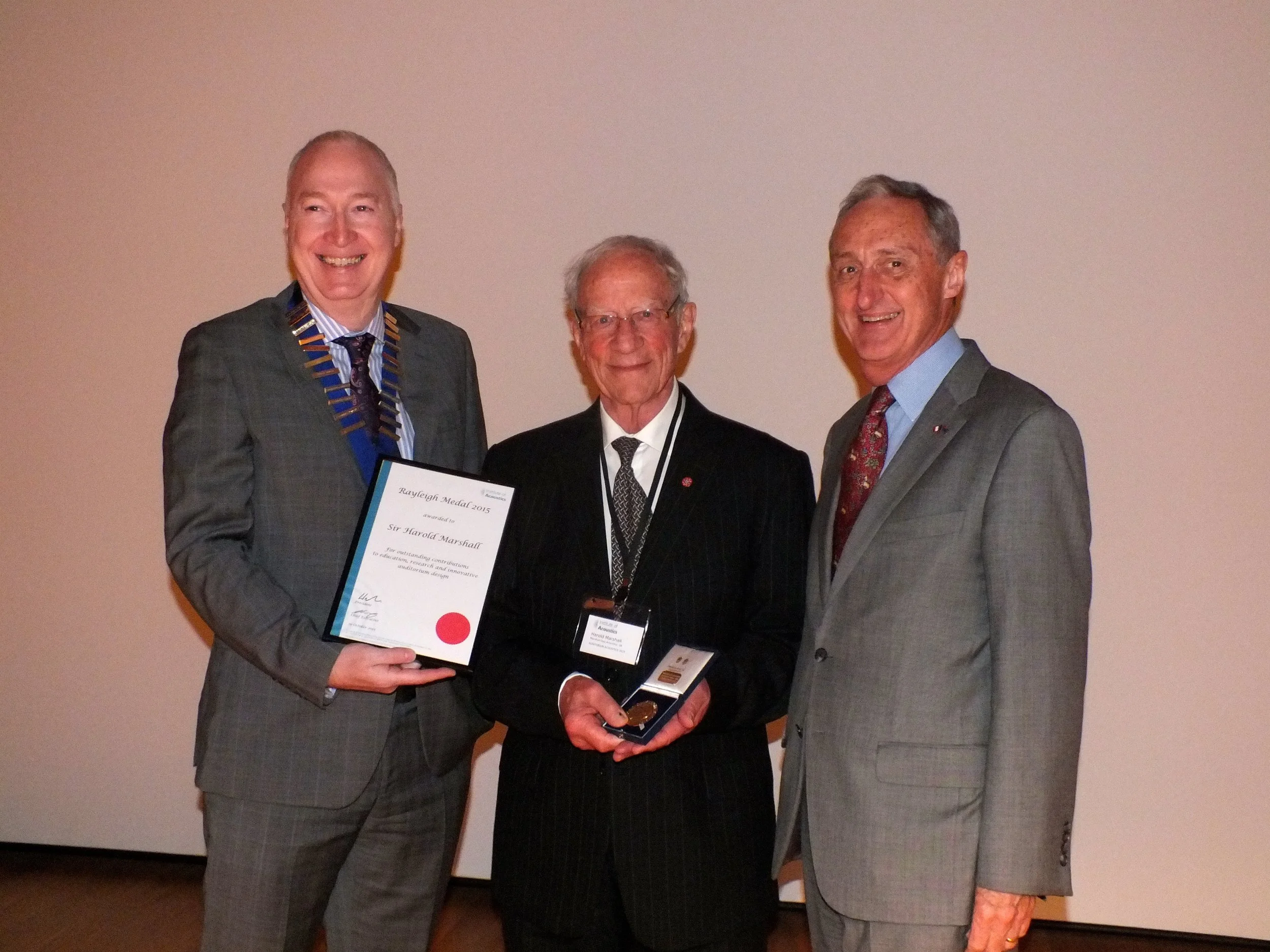Sir Harold Marshall: A Reflection by Christopher Day
Sir Harold Marshall KNZM FRSNZ FNZIA
It is one year since Harold died. This anniversary gives us the opportunity to reflect on what a remarkable man he was, how much he meant to us all, and his influence on modern acoustics.
Last month (Sep 2025), the Institute of Acoustics UK paid tribute to Harold with a paper on his contributions to acoustics, presented by his colleague Dr Mike Barron at the 12th International Conference on Auditorium Acoustics in Bristol.
A formal eulogy was written at the time of his death by Ian Lochhead. However, I would like to provide a few personal memories of Harold on this one-year anniversary.
There were of course, two sides to Harold’s career - the academic and the consulting. Both were intimately entwined, but I will focus on the consulting.
When I first started working with Harold in 1979, he had already been working for some time on the design of the Michael Fowler Centre (MFC) with our dear friend Jerry Hyde. They were prolifically writing and publishing papers on the design. I was naively horrified that they were giving away IP to our opposition, but I later came to realise that knowledge sharing is the key to success – a principle that remains a foundation of the MDA culture.
A year before Harold died, he was invited to present a keynote address at the 2024 ASNZ Conference in Christchurch on the acoustical design of the Christchurch Town Hall (CTH). He spent a huge amount of time and energy that year preparing a superb paper. He was determined to attend the conference and present it in person, and right up until a couple of weeks before his death he thought he might get there. Tenacity was one of his many attributes.
Fortunately, his son John was more realistic and had the foresight to sit down with Harold in July to record his presentation. I was honoured to present that recording to the conference in September. It was thus fitting that Harold’s professional career finished with the CTH, where it had begun some 65 years earlier (recording available here).
What people often don’t realise is that Harold was only 33 when he embarked on the CTH project. He had never designed a concert hall before – in fact, he hadn’t designed any performance spaces at all. He had only just started the research that would later lead to his groundbreaking discovery that lateral sound was the key to a successful concert hall. It was an incredibly brave undertaking with a new acoustical concept and an elliptical shaped concert hall that would generally be regarded as an ‘acoustical no-no’.
Harold’s reputation world-wide is remarkable. The CTH & Harold’s discoveries are written up in virtually every textbook on Auditorium Acoustics published since 1972.
In 2008, Harold was knighted for “……services to acoustical science”. After his knighthood I suggested we change the company name to Knight & Day – I couldn’t get his approval :-).
Harold was a complex, intelligent and highly creative man. It was this creative ability that set him apart from other concert hall acousticians, many of whom were churning out designs using the same ‘shape’ recipe and just changing the colour of the paint.
Harold leaves an incredible legacy:
Marshall Day Acoustics - more than 100 wonderful people working across 14 offices in 4 countries
Research - the importance of lateral sound and over 100 published papers
Education - throughout my career, architects would say how much they enjoyed Harold's lectures (even if they couldn't remember much of the acoustics).
Projects - four of his designs are truly unique acoustically and architecturally: the Christchurch Town Hall, the Orange County Performing Arts Centre (Segerstrom Hall), the Guangzhou Opera House and of course, the pinnacle of his career, the magnificent Philharmonie de Paris. These buildings stand as a lasting tribute to his brilliant innovation and deep understanding of acoustics.
For me, meeting Harold was one of the seminal moments in my life. On our various trips to the US, Malaysia, Oman and Paris we spent a lot of time together. Our conversations often turned to his favourite topics of, philosophy, left- and right-brain function, mathematics, music, Gestalt, Niels Bohr, Presence. My eyes would glaze over a little when he got to theology. I only wish I had a brain a quarter the size of Harold's to understand and remember more of what he said. Either way, he was a huge influence on both my career and my life.
There is a wonderful recent documentary called ‘Maurice & I’, about the architectural practice of Warren & Mahoney, the Christchurch earthquake, and the saving of the CTH. Harold plays an outstanding ‘supporting role’ as both acoustician and advocate for saving the hall. The documentary was directed by Jane Mahoney, daughter of Maurice Mahoney, and she has kindly given us permission to share two clips below of Harold from the film (the full-length movie is available on YouTube).
Harold was a remarkable man who had a significant influence on the world of acoustics and the architecture of concert halls – we miss him deeply.



